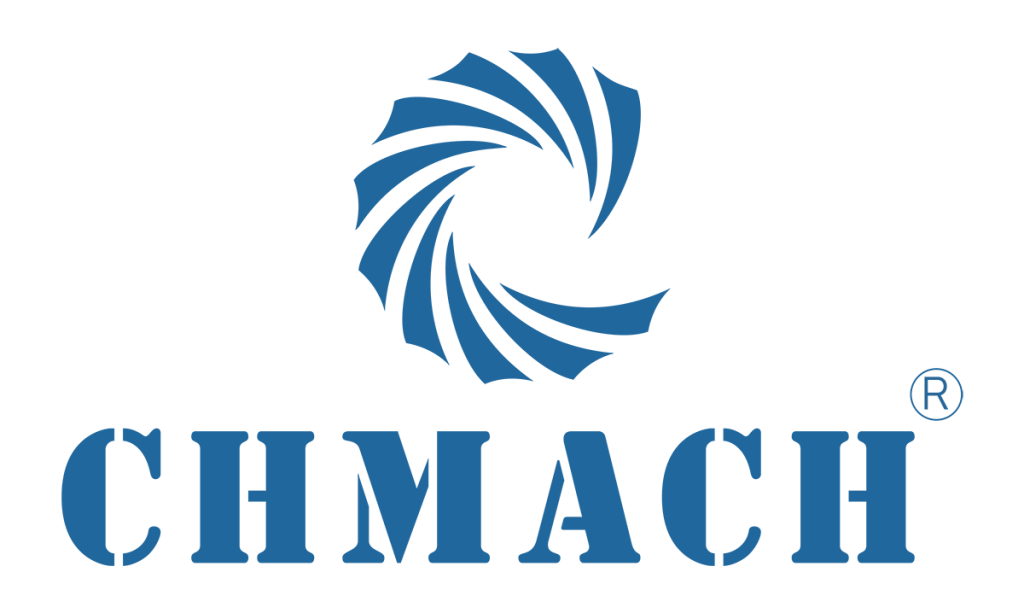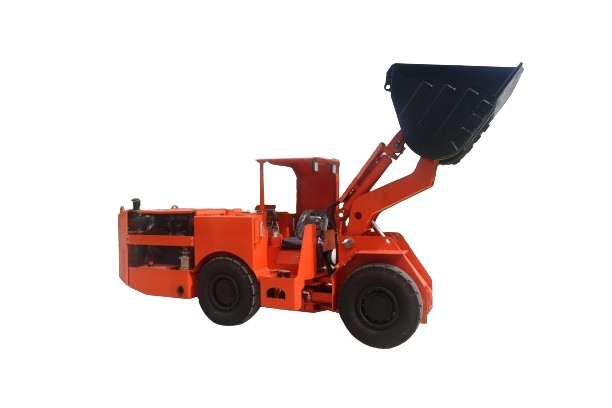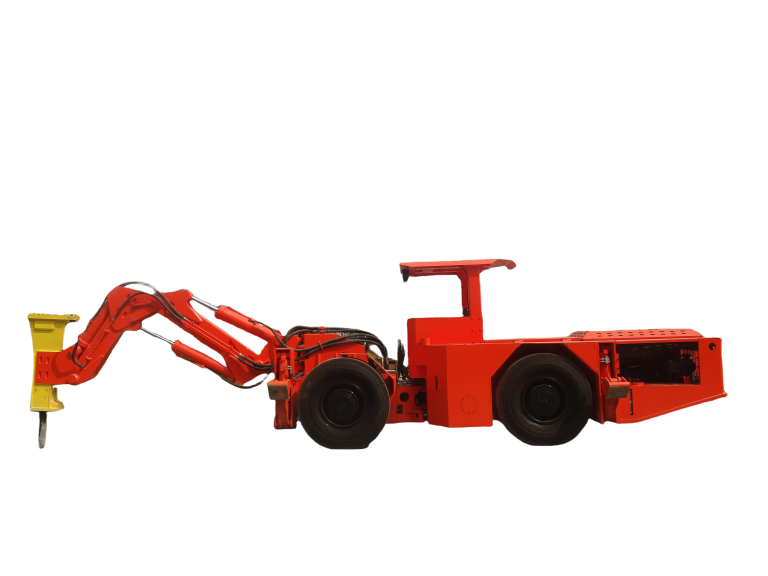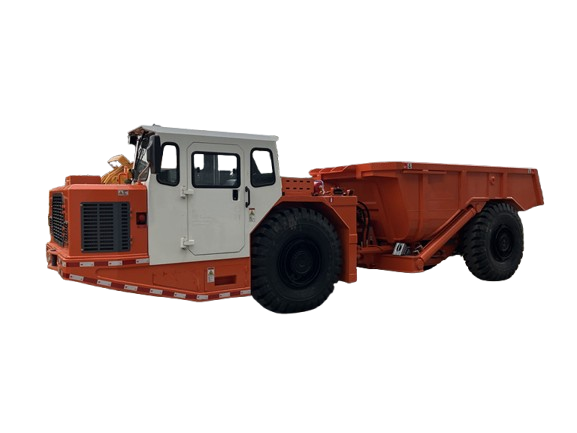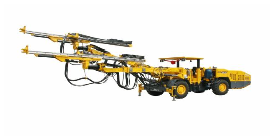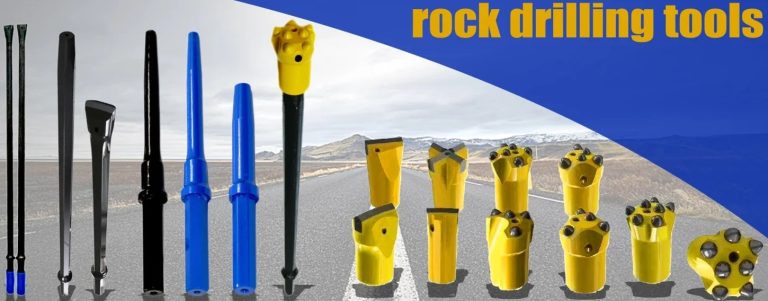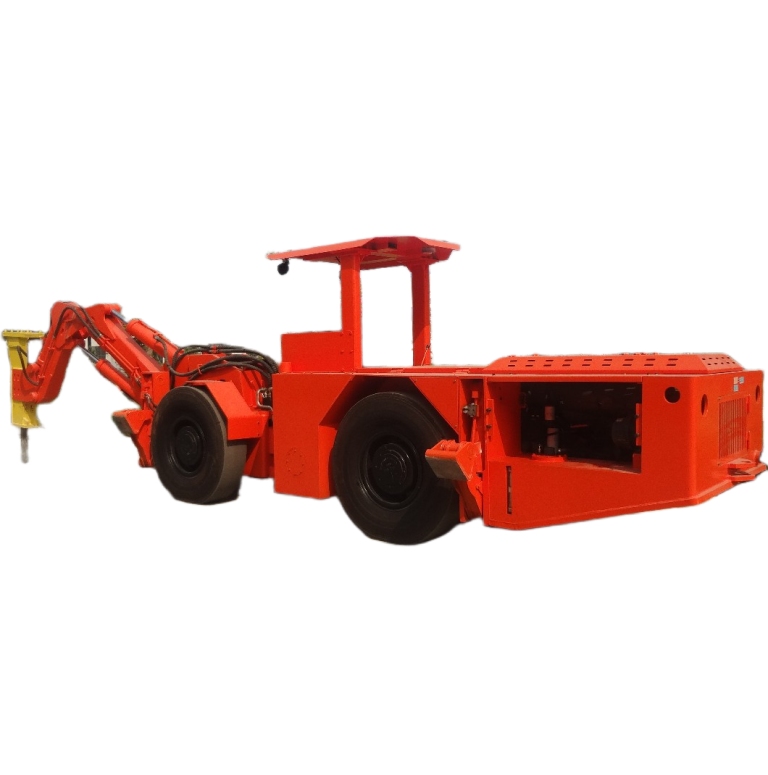Узковенная добыча сталкивается с особыми проблемами из-за тесных рабочих зон, сложных породных образований и необходимости точного удаления минералов. В отличие от обычной добычи, где большие машины хорошо работают, узкие слои руды, обычно шириной менее 2 метров, требуют индивидуальных инструментов и тщательного планирования. Это помогает получить более ценный камень, смешивая меньше отходов. Скоптрамы (также называемые LHD) являются ключевыми машинами для перемещения материала. Они сильно влияют на скорость выхода, защиту работников и заработанные деньги. Выбор лучшего скооптрама очень важен. Он должен сбалансировать небольшой размер, легкое движение и жесткую конструкцию. Это помогает преодолеть границы узкой венной добычи. В этом тексте рассматриваются основные проблемы в узкой венной работе. Он также показывает, как умный выбор машин, особенно от надежных производителей, таких как Yantai Chi Hong Machinery Co., Ltd., может сделать работу шахты более успешной.
Каковы основные проблемы в узкой венной добыче?
Узковенная добыча является особым подземным методом. Он идет за небольшими, но богатыми рудными пятнами. Это может принести большую прибыль, но также приводит к особым трудовым проблемам и потребностям в навыках.
Геологические ограничения и ограниченное рабочее пространство
Узкие слои руды обычно имеют неравномерные формы и очень небольшие ширины. Часто они тоньше 2 метров. Это делает копание путей и извлечение руды extra трудным. Маленькая комната ограничивает как размеры инструментов, так и количество рабочих. Меньше людей могут работать вместе одновременно. Это делает планирование и выполнение работ более сложными.
Проблемы разбавления руды и селективности
Сохранение силы выбора имеет жизненно важное значение в узкой работе вены. Это останавливает слишком много отходов, смешивающихся с хорошей рудой. Разрыв слишком много породы во время бурения или взрыва добавляет бесполезные вещества к купе. Это снижает руду’ с стоимостью и повышает расходы на уборку. Поэтому точное копание является ключом к поддержанию хорошей прибыли.
Вентиляция и соображения безопасности в закрытых условиях
Поток воздуха становится более жестким, поскольку небольшие туннели ограничивают движение свежего воздуха. Узкие пути могут быстро собирать машинный дым или пыль. Это создает опасность для здоровья. Кроме того, немногие способы бегства затрудняют чрезвычайные планы. Это требует сильных конструкций систем воздуха и осмотрительных инструментов проверки.
Ограничения маневренности и производительности оборудования
Темное пространство ограничивает обычные подземные машины. Большие инструменты не могут хорошо поворачивать острые углы. Они борются по узким дорогам. Это снижает скорость работы. Необходимы специальные машины с небольшими формами. Они поддерживают стабильный рабочий цикл без риска безопасности или потери руды.
Подземные рабочие места, такие как узкие вены, нуждаются в индивидуальных решениях. Это связано с ограничениями пространства, меняющимися условиями породы и рабочими опасностями.
Почему выбор оборудования имеет решающее значение для узкой венной добычи?
Выбор правильных машин является основой как для денежного успеха, так и для безопасности в узких венных проектах.
Влияние на восстановление руды и эксплуатационную эффективность
Правильным размером скооптрамы могут способствовать селективному копанию. Они нацелены только на богатый материал. Это увеличивает суммы восстановления. Быстрые циклы движения камней сокращают время ожидания между взрывными циклами. Это непосредственно меняет суточные объемы производства.
Влияние на контроль затрат и маржи прибыли
Инструменты, которые ограничивают смешивание отходов, снижают затраты на последующую очистку. Кроме того, машины, требующие меньшего количества ремонтов или более длительного времени обслуживания, помогают снизить эксплуатационные затраты в течение многих лет. Это ключ для рабочих мест, где прибыль небольшая из-за небольшой руды.
Роль в повышении безопасности трудящихся в узких пространствах
Небольшие скооптрамы с дистанционным управлением или помощной технологией уменьшают количество людей вблизи опасных зон. К ним относятся не поддерживаемые крыши или плохое воздухо. Комфортные конструкции также снижают усталость рабочих во время длительных смен в тесных местах.
Как спецификации Scooptram влияют на производительность в условиях узких вен?
Работа скооптрама в узких венах зависит от специальных конструкционных частей. Они должны соответствовать земным истинам.
Размер, ширина и радиус поворота
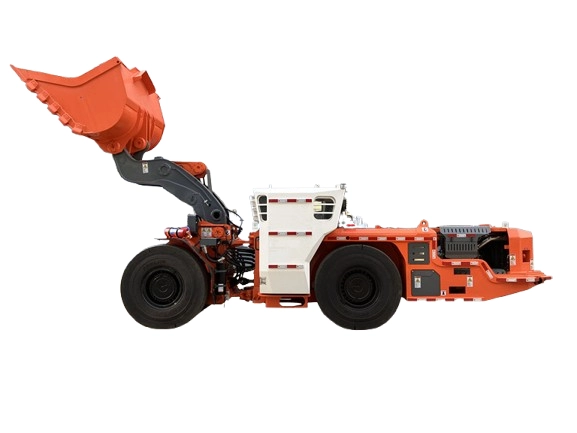
Машины должны быть достаточно малыми для туннелей. Однако они должны быть сильными для постоянных нагрузок. Тесный поворотный круг жизненно важен для перемещения вокруг острых изгибов. Это позволяет избежать копания слишком много дополнительного камня. Слишком много копания может привести к смешиванию отходов или падению земли.
Емкость ведра против размеров дрейфа
Размер ведра должен сбалансировать две потребности. Он должен нести как можно больше для каждой поездки, но соответствует размерам туннеля. Он не должен нанести вреда стенам или потолкам. Слишком большие ведра могут немного поднять выход. Но они рискуют сломать детали шахты или добавлять отходы, если не используются точно правильно.
Требования к мощности двигателя, выбросам и охлаждению для закрытых районов
Мощные двигатели необходимы для быстрого движения скалы. Но они должны соблюдать строгие правила дыма, потому что подземный поток воздуха ограничен. Дизельным двигателям нужны лучшие фильтры или другие варианты мощности, такие как электрические приводы. Это сохраняет воздух качество безопасно.
Подземное копание требует продуманного планирования машин. Это связано с ограничениями природы, такими как плохой поток воздуха и формы пространства.
Какие особенности следует уделять приоритетное внимание при выборе скооптрама для узких венных приложений?
Выбор скооптрама, сделанного только для узких вен, означает сосредоточение внимания на дизайне деталей, которые отвечают потребностям работы.
Компактная конструкция с высокой маневренностью
Низкая рама с соединенным рулем помогает перемещаться через тесные места. Он поддерживает хорошую прочность кадра. Это позволяет стабильно работать даже в неравномерных рудных районах или в узких венах.
Передовые системы управления для точной работы
Новые скооптрамы должны предлагать интеллектуальные контроллеры, детали жидкости для измерения веса и варианты дальнего хода. Эти функции повышают точность во время циклов нагрузки-сброса. Они также сокращают рабочее время в местах высокого риска.
Устойчивость и доступность обслуживания в суровых условиях
Учитывая грубую природу подземных установок, особенно в твердых скальных зонах, детали должны сопротивляться износу. Легкодоступные места обслуживания позволяют быстрее исправлять. Это обеспечивает высокий уровень рабочего времени, несмотря на сложные условия.
Как оперативные потребности влияют на правильный выбор Scooptram?
Рабочие цели формируют инструменты, выходящие за рамки технических деталей. Соответствование более широким целям проекта является ключевым.
Соответствование возможностей машины с производственными целями
Скоптрамы должны удовлетворять потребностям в ношении камней, связанным с ежедневными целями в весе. Но они не могут быть больше, чем границы туннеля. Слишком малые блоки могут замедлить работу. Слишком большие могут не безопасно вписаться в туннели. Поиск этого баланса имеет жизненно важное значение для стабильных показателей производства.
Совместимость с существующей шахтной инфраструктурой
Новые инструменты должны хорошо соответствовать текущим размерам вала, наклонам рамп, установкам питания (для электрических агрегатов) и ремонтным цехам. Измена деталей шахты стоит слишком дорого, если не планируется рано во время покупки.
Предпочитания типа топлива: дизельное против электрического
Дизельные агрегаты по-прежнему распространены, но сталкиваются с большей озабоченностью по поводу подземных дымов. Электрический трамваи предлагают варианты без дыма, хорошие для зон с низким воздухом. Но им нужны расходы на зарядные пункты или планы замены батарей в зависимости от размера парка.
Подземная работа получает прибыль от электрических пиков. Они снижают вред природе, поддерживая уровень работы. Это соответствует жестким условиям узких вен.
Где Yantai Chi Hong Machinery Co., Ltd. вписывается в качестве надежного поставщика подземного Scooptram?
Yantai Chi Hong Machinery Co., Ltd. делает подземные LHD (Load-Haul-Dump машины) в качестве своей специальности. Она выступает в качестве основного игрока, обслуживающего специальные рынки, такие как узкая венная работа.
Обзор компании и опыт отрасли
С годами создания Подземные движущиеся инструменты для тяжелых мест, Чи Хонг имеет глубокие навыки. Это охватывает жесткие рудники и туннели по всему миру. Он обслуживает рынки, нуждающиеся в индивидуальных решениях, а не готовых моделях.
Ассортимент продуктов, адаптированный для узких венных горнодобывающих сред
Chi Hong предлагает несколько типов LHD с низким телом. Они имеют небольшие размеры, идеально подходящие для узких пространств в узких венных зонах. Их группа продуктов включает как дизельные агрегаты с технологией сокращения дыма, так и батарейно-электрические типы. Эти костюмы работают под землей без дыма.
Приверженность качеству, инновациям и послепродажной поддержке
Помимо совершенства, Чи Хонг подчеркивает помощь после покупки. Это включает поставка запасных частей— критическая потребность ввиду тяжелого износа под землей. Их обещание доходит до расходов на исследования. Это направлено на улучшение энергопотребления и функций самоуправления в их продуктах.
Заключение
Узковенная добыча требует высоко индивидуального метода сбора машин, планирования работ и безопасности обращения. Тесные пространства, богатые рудными целями и строгие правила воздуха требуют скуптрамов, которые небольшие, хорошо работают и длительные. Ставление ключевых особенностей в первую очередь помогает работе шахты. Эти особенности включают легкое движение, точную обработку и чистый дым. Это повышает скорость работы, снижая опасность. Доверенные поставщики предлагают инструменты погрузки-сброса, созданные для этих сложных мест. Это помогает как денежным прибылям, так и безопасности работников оставаться сильными. Поле постоянно меняется со временем. Электрические и самоуправляемые машины улучшат работу узких вен. Это делает правильный выбор машины более важным, чем когда-либо для долгосрочного успеха.
Часто задаваемые вопросы о скооптрамах для узкой венной добычи
Какой идеальный размер ведра для узкой венной добычи?
Лучший размер ведра балансирует две вещи. Он несет хорошие нагрузки, но остается в пределах ширины туннеля - обычно 0,5 м³-1 м³ в зависимости от формы площади руды. Это предотвращает повреждение стены, сохраняя при этом стабильную скорость работы.
Подходят ли электрические скооптрамы для узких венных приложений?
- Да. - Да. Электрические скуптрамы приносят особые выгоды, потому что они не производят дыма. Это поддерживает более чистый контроль воздуха в туннелях с низким воздухом, распространенных в узких венах.
Как часто следует планировать обслуживание скуоптрамов, используемых в узких венных рудниках?
Время фиксации зависит от уровня использования. Но обычно они покрывают ежедневные проверки плюс планируемое обслуживание каждые 250-500 рабочих часов. В центре внимания входят системы жидкости, приводные части, тормоза, фильтры и колеса / рельсы в зависимости от типа модели.

